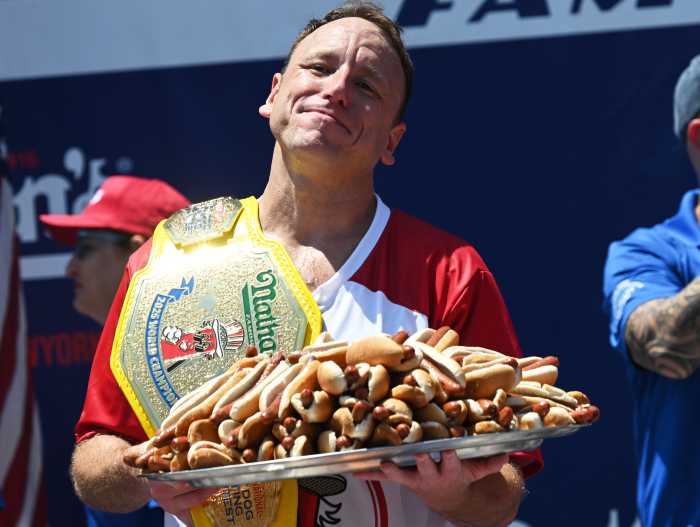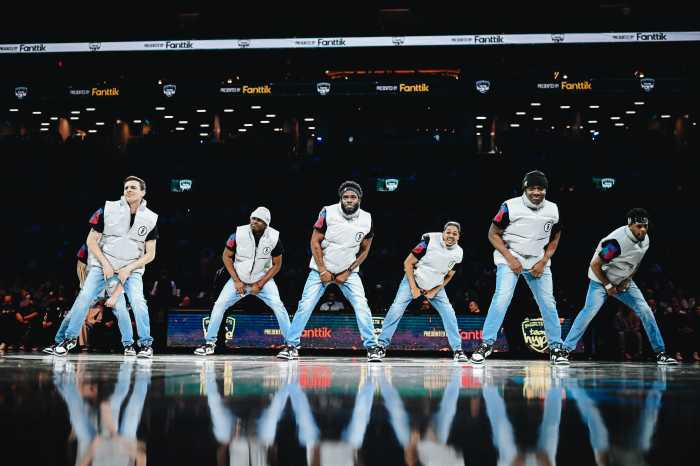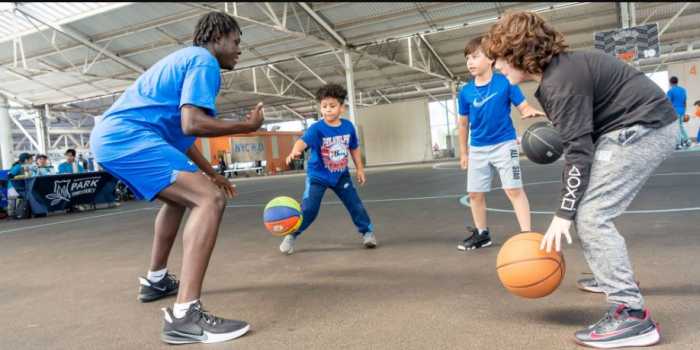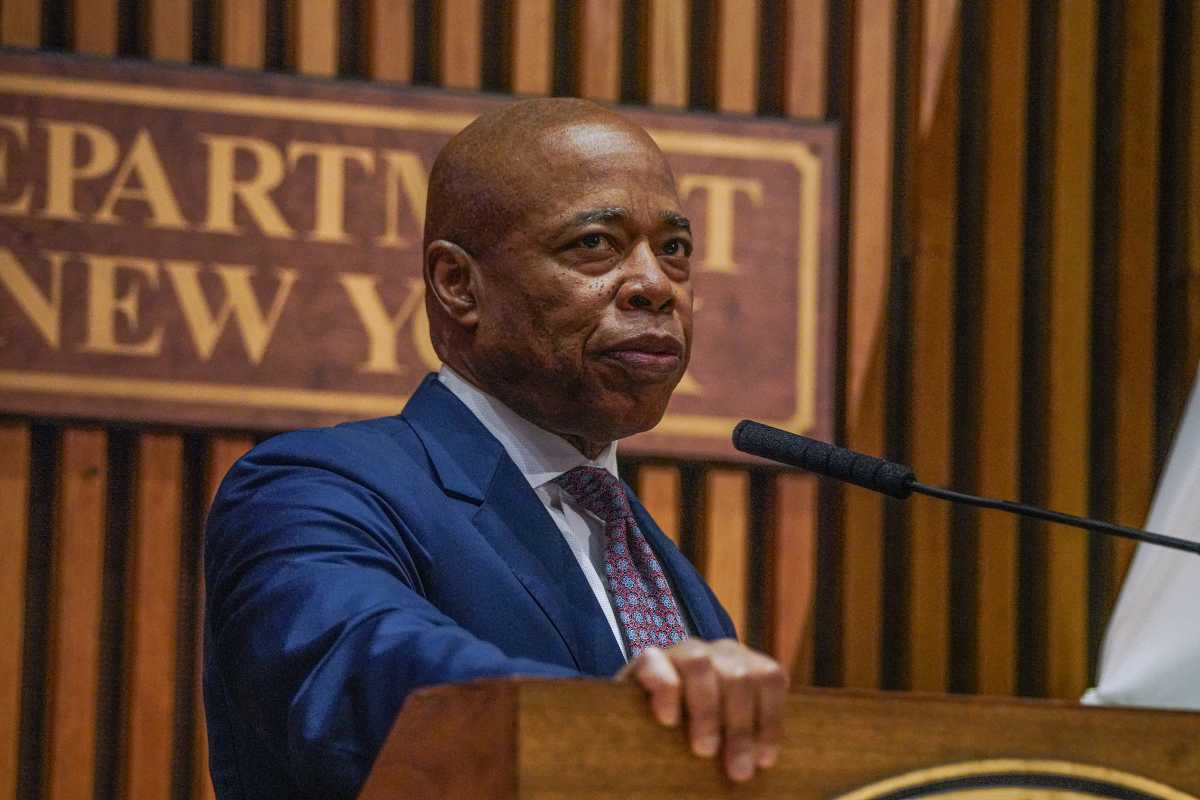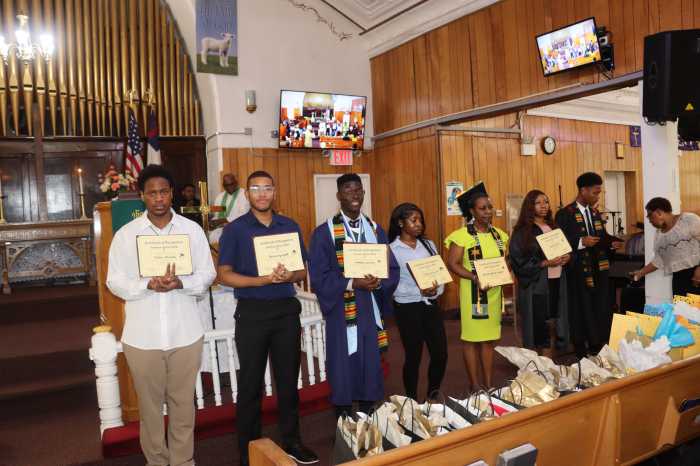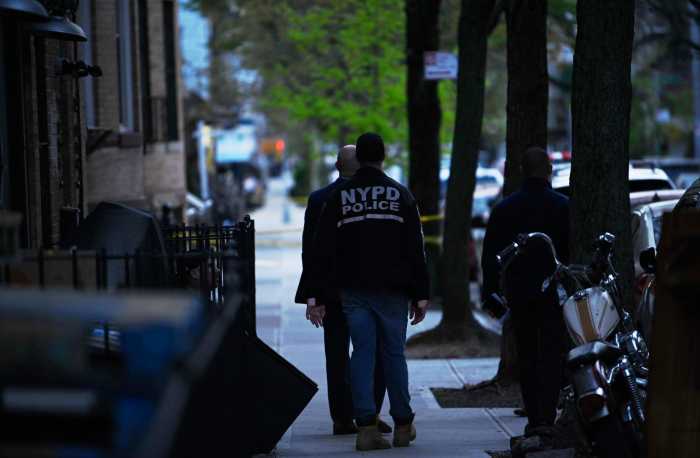Most Brooklyn schools are out for the summer, but as traditional schools were wrapping things up, another type of school was just getting underway.
That school is located in Coney Island, and it’s for young men of diverse backgrounds who come from all over to engage in the rigorous curriculum.
It’s pretty tough to be admitted to this school, as only those showing the best potential are accepted. It’s small, handling no more than 35 students at a time. The campus has acres of room and an ocean view. What these students are studying is so interesting to the public that thousands come to the campus to watch the students take their exams.
Of course, the school we’re talking about is called the Brooklyn Cyclones, located on the campus called Keyspan Park.
So who runs this school? Let’s start with the dean of instruction, Guy Conti, the New York Mets’ field coordinator.
“The purpose of the Mets’ minor league system is about teaching winning baseball,” explains Conti. “And there’s a big difference between winning being the primary objective of an organization as opposed to playing winning baseball. I think winning is a byproduct of execution; it’s a byproduct of sound fundamentals. Brooklyn has the same philosophy as every other club in our organization — we want to teach winning baseball and teach players to win in New York City.
“The only thing different in Brooklyn is the atmosphere,” he explains. “The kids in Brooklyn get to experience the plusses and minuses of a huge crowd. They get the opportunity to experience large crowds at an early stage in their development. On a bad night those crowds will get on a ball player. On a good night, the crowd is a plus.”
Tony Tijerina, the Cyclones’ manager, is like a principal who also teaches classes. Minor-league coaching staffs usually contain only a manager, a pitching coach, and a hitting coach, and the Cyclones are no exception. The manager not only directs his coaches’ teaching, but the skipper must also do a lot of teaching as well. Tijerina’s assistants are Donovan Mitchell, the hitting coach, and Hector Berrios, the pitching coach.
Mitchell teaches “Hitting 101” — but he also helps out with the infield and outfield defense. “Right now, many of these guys are coming from college systems where they were taught [that college’s] way to play,” Mitchell says. “Now we have to give them an introduction to professional baseball as well as teach them our system for cutoffs, relays, how we take batting and fielding practice.”
Do the Cyclones also jump right in and alter a hitter’s stroke?
“As for batting, all of these guys have come to us after some degree of success, so when we get a first year player, we initially let him hit as he has in the past,” says Mitchell.
“If he struggles and comes to us for help, then he’s ready to absorb a change. If a player has already been playing professionally before he reaches us, then we might make a change with his swing or approach, but first I clear it with Mickey Brantley, [the New York Mets’ minor league hitting coordinator], Kevin Morgan, [the Mets’ director of minor league operations] and Tony [Tijerina] before I try, because we all have to make sure that we’re on the same page and that the player isn’t receiving contradictory advice.”
Of course, everything a player does is recorded during a game and sent to the Mets, but Mitchell mentions that even practice drills are meticulously noted.
“After the game, I have to send a situational hitting report that I have to give to the manager and he faxes it to New York,” adds the batting coach. “For example, I’ll say I had Rios working on tracking pitches in the bullpen, I had Burt working on going the other way. Usually, it’s about five or six guys that I have in the cage every day, two or three guys in the bullpen tracking pitches, or three or four guys that I throw extra BP [batting practice] to, so New York knows what I am working on with these guys each day.”
On the minor league level, the lineup is not designed just to win that night’s game.
“There are certain guys that the organization wants to get at bats and they need to be in the lineup,” Mitchell says. “Tony makes the final decision on the lineups, but he takes input from [his coaches]. At this level, Tony tries to play everyone, but sometimes the organization dictates playing time for certain guys.”
Mitchell mentions the unique situation of playing before a packed, Brooklyn crowd as a player’s abilities are tested.
“One of the things we tell the guys is that if you are dogging it here in Brooklyn, you’ll hear it from the stands because these are baseball fans here,” he says. “You can’t fool ’em.”
As Mitchell does with the hitters, pitching coach Berrios tries not to immediately change a player’s form, unless that form could possibly lead to injury. And as on the hitting side of the game, any changes in pitching form are coordinated with the Mets.
During the game, Berrios stands in the dugout, taking notes. Sometimes he discusses the flaws he sees in a pitcher during a game, but other times he waits until the next day to go over what he sees. Why is that?
“Some players can absorb instruction during the heat of battle,” notes Berrios, “but many players learn better after things have cooled down from the game.”
When does Berrios do this teaching? Well, the Cyclones usually have to report to the ballpark for stretching and warm-ups at 3 pm for a home night game. The reporting time means being on the field, ready to stretch, not lounging in the clubhouse.
If you think a regular school is strict about being on time, take at look at the Cyclones school. Being late costs them a fine and affects a player’s reputation. Most live in a dormitory at the Polytechnic Institute in Downtown Brooklyn. (Yes, they actually live in a school.) They board a van (school bus) hours before they are due at the Keyspan campus.
After their stretch and warm-up, Berrios becomes a teacher. He goes over the charts he keeps. He goes over how his pitchers got hitters out; he goes over the opposing hitters. Berrios brings to mind the repetition teaching method used by a certain famous football coach from Sheepshead Bay, Vince Lombardi, when he talks about his teaching technique.
“I go over what we can learn from the previous game,” notes Berrios. “Hopefully, if we repeat things over and over again, things will sink in.”
Berrios uses visual aids. He shows players videos of various famous pitchers to study their techniques, and he has a book that shows still photos of various pitchers and all the positions that pitchers are in during various stages of their deliveries. So the neophyte Cyclones learn as he shows them photos of pitchers such as the Mets’ Tom Glavine and the Astros’ Roger Clemens.
“Now our pitchers can see why these great veterans have stayed in the game so long,” he says. “They make it easy on their arm by using proper techniques and we want to show our pitchers how to do the same thing.”
Part of the teaching process involves the 60-40 rule. According to Berrios, this means “a pitcher must throw about 60 percent fastballs and 40 percent off-speed pitches during each appearance in a game. This makes it certain that a pitcher will be working enough on his off-speed pitches instead of relying too much on his fastball, as he may have done in college.”
Tijerina explains many rules to the players from the time they report to the team. Rules involve curfews, use of alcohol, etc.
“We try to build a structure so the player can properly represent the Mets organization on and off the field,” notes the manager.
So the next time you’re out at Keyspan, remember that Tijerina may take out a pitcher because he has reached his pitch count, or leave in a pitcher so that he can develop. The Cyclones may play someone because that player needs work, even though a different player might be better at the moment.
At the game, you’re watching the daily examination. But you don’t have to pass this course, the players do. And they are always looking to move up to the grade above them, Capital City.
As a fan, your fun comes during someone else’s test.
Paper columnist



